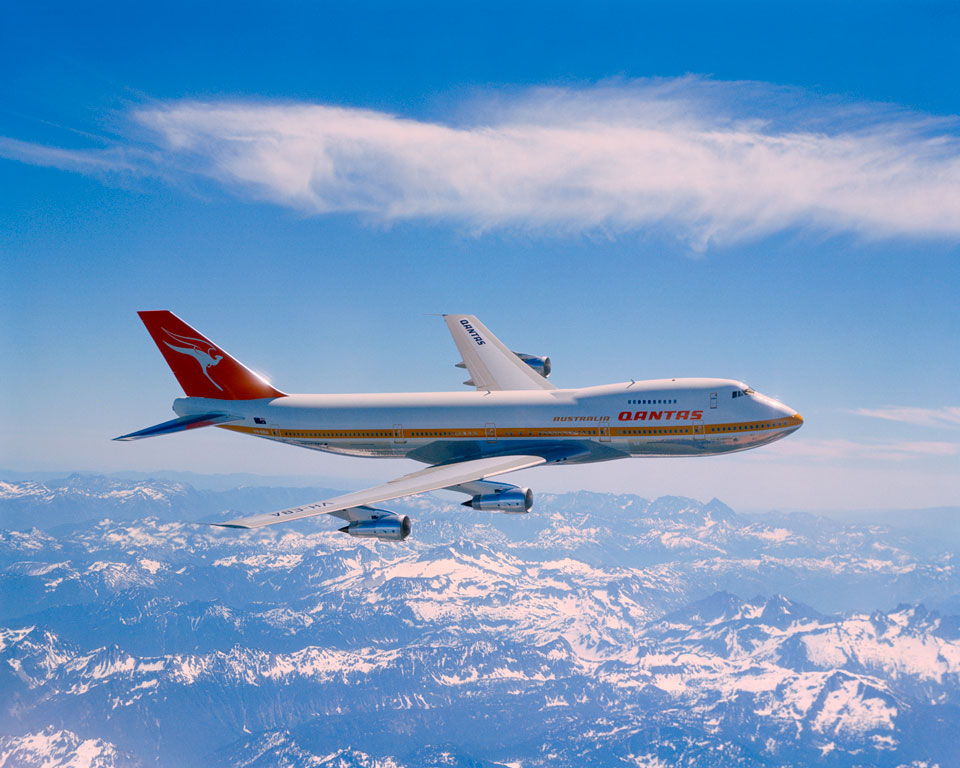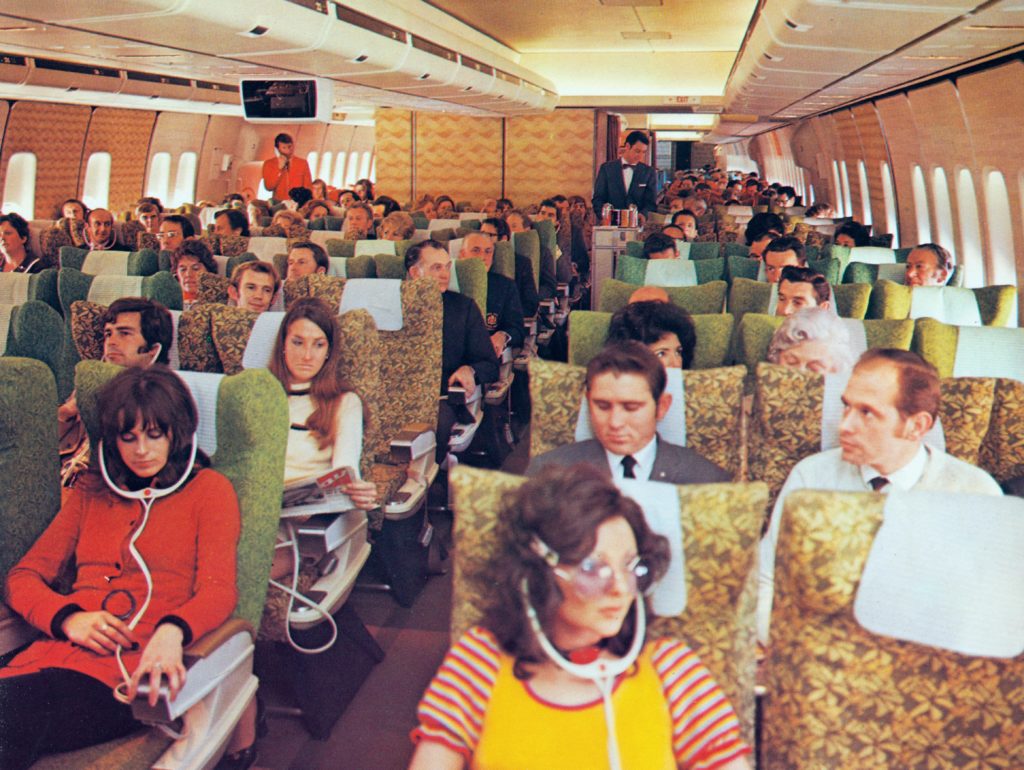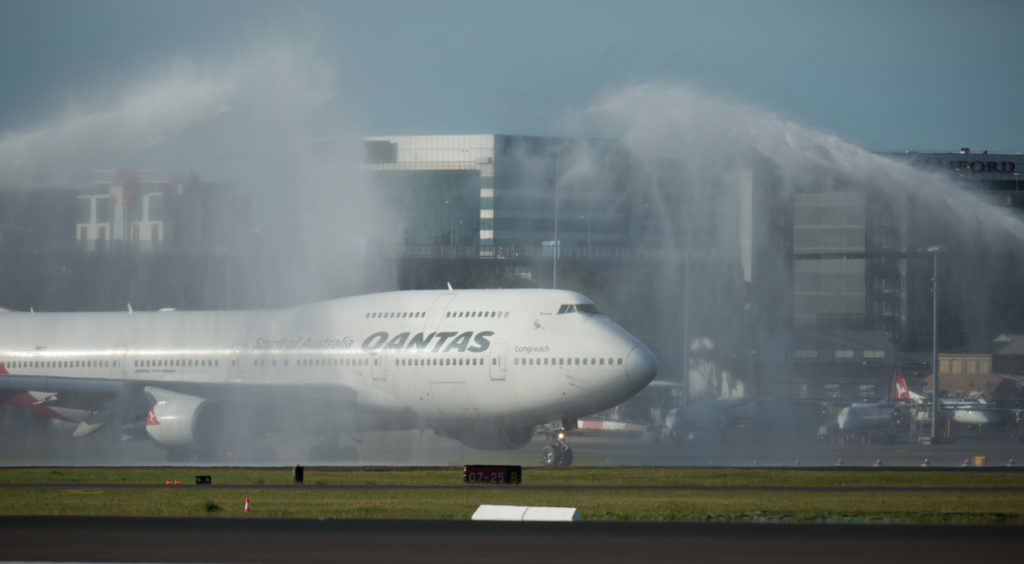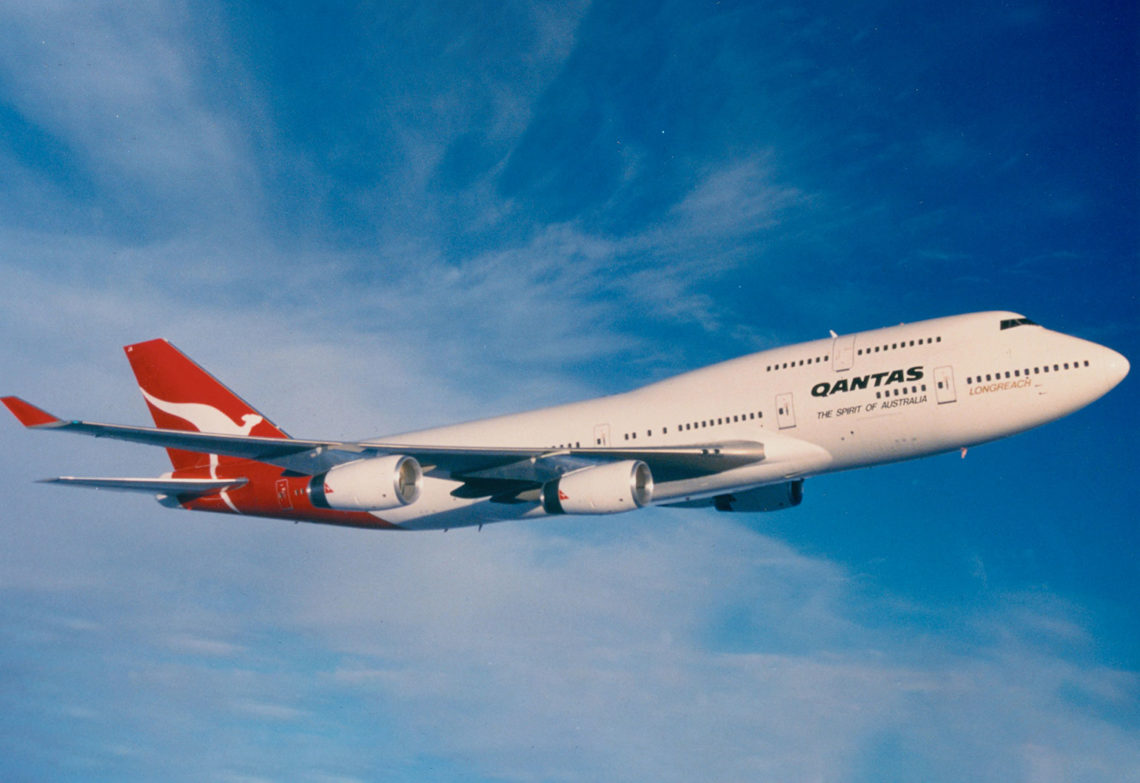Launched in 1969, Boeing’s 747 aircraft put international travel within reach of the average Australian. With Qantas retiring its last 747 this month, and Boeing announcing it will end production of the aircraft, create takes a closer look at the ‘Queen of the Skies’.
Qantas took delivery of its first 747 (a -200 series) in August 1971, as part of a $134.5 million order for four aircraft, with the option for two more.
“It was the largest investment Qantas had made and a leap of faith, as supersonic air travel was widely seen as the way of the future,” John Walker, Qantas Airways Head of Line and Intermediate Maintenance, told create.
That faith paid off, with Qantas operating an all-747 fleet by the end of the decade, including the world’s first Business Class cabin.
The airline has since flown nearly every type of 747, from the smaller 747-SP to the half passenger/half freighter nicknamed ‘the Combi’.

“The 747 has evolved over the years to reflect improvements in technology and expectations in terms of customer experience,” Walker said.
“As the aircraft evolved over the years, it almost doubled its range from 4600 nautical miles to 7700 nautical miles, increased its payload by around 100 tonnes and had increased levels of comfort and safety.”
The engineering innovation behind the 747 led to social change, too. In fact, the 747 opened up a whole new world for Australian travellers, ushering in a new era of lower fares and non-stop flights. It also introduced design elements that we take for granted on planes today, such as overhead lockers and two aisles of seats.
“It’s hard to overstate the impact that the 747 had on aviation and a country as far away as Australia,” Qantas Group CEO Alan Joyce said.
“This aircraft was well ahead of its time and extremely capable. Engineers and cabin crew loved working on them and pilots loved flying them.”
The 747 wasn’t without its faults — it’s lack of fuel efficiency being one — but there’s no doubt it changed aviation forever.
Constructing the jumbo jet
The first 747 was developed by a team of 50,000 Boeing employees. Called ‘The Incredibles’, this group of engineers, mechanics, construction workers and administrators achieved the incredible feat of building the largest civilian aeroplane in the world in just 16 months during the late 1960s.
But before Boeing could begin manufacturing the 747, it first had to build a new factory, as the jet’s six-story high tail made it too large for any existing facilities.
And of course this wasn’t just any factory — the company constructed a 5.6 million-cubic-metre 747 assembly plant in Washington, the world’s largest building by volume.
Meanwhile, pilots prepared to fly at the Boeing training school, where they practiced taxiing such a large plane using something called ‘Waddell’s Wagon’. Named after the company’s chief test pilot, Jack Waddell, this was a mockup of the 747 flight deck built on top of three-story-high slits on a moving truck. The pilot learnt to manoeuvre from so high up by directing the truck driver below him via radio.

Engineering aviation
The vision behind the plane was Joe Sutter, an engineer who took a temporary job with Boeing after World War II and stayed for 40 years. Before leading the 747 engineering team, Sutter helped develop a unique wing design that improved lift on the three-engine 727. While working on the 737, he came up with the idea to put its engines under the wings, allowing for a wider fuselage and more cargo space.
But with supersonic transport seen as the next frontier of aviation, and faced with increasing competition, Boeing knew its next aeroplane had to be something special.
The initial design of the 747 was based on a concept Boeing had developed for a freighter aircraft for the US military. Initially, a second deck was included, but Sutter decided to abandon this double-decker configuration in favour of a six-metre-wide cabin with an upper lounge.
More space meant airlines could play around with their cabin configurations. This included Qantas, which created the world’s first Business Class, and offered a themed Captain Cook lounge on some of its 747s. In the US, Pan Am used its upper deck as a restaurant for first class passengers, while American Airlines took it a step further with a piano bar in the skies.

Such a large aircraft needed a high-bypass engine that would deliver higher power but with lower fuel consumption.
Another significant development introduced by the 747 was its dual-use. It was designed from the outset to accommodate both passengers and cargo.
“One of the decisions we made was to be a good freighter as well as a good passenger plane,” Sutter told Air and Space in 2007.
“That was probably one of the most important decisions we made, because it influenced [the size of the] fuselage. It’s how the wide-body concept came into being.”
One of the most important things in Sutter’s mind was to give the plane the “ability to survive bad circumstances”.
“Everything won’t be great all the time,” he said.
“That’s why [the 747 has] four flight control systems, four hydraulic systems, four landing gears. You know things are going to happen, and sometimes it’s going to be severe. You still should be able to come home.”
Sutter was so meticulous that before the first test flight, on 9 February 1969, he identified the exact spot on the runway where the wheels of the plane would leave the ground.
“Flying it was never a concern of mine,” he said. “The real concern was landing something this large.”
This concern turned out to be unfounded, however, with pilot Jack Waddell saying “it almost lands itself” after finishing his hour-long flight around Washington State.

Farewelling the queen
The final 747-400 in the Qantas fleet left Sydney last week, bound for the Mojave Desert with Qantas’ first female Captain, Sharelle Quinn, in the cockpit.
While the retirement was planned, it came six months early due to the COVID-19 pandemic.
Qantas’ Walker said the crisis was making future planning difficult, but that there would be more innovation in store for the airline.
“We’re still working on Project Sunrise, our plan to operate non-stop flights from the east coast of Australia to New York and London,” he said.
“I think we’ll see aircraft become more fuel efficient and the continued use of newer materials such as a carbon fibre.”




Why the Mojave Desert ? I know it is a demolition graveyard, but did Qantas sell it for scrap (although it was serviceable enough to fly across into America) or why wasn’t it retired and grounded here in Australia (Alice Springs for instance) ?